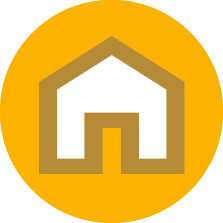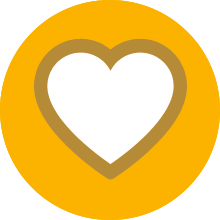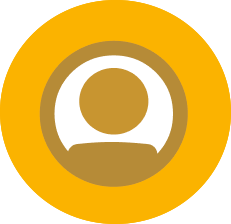Wellesley College's hackathon, WHACK, focused on Connection and Wellness and challenged participants to design and develop a product for the community as we are growing & recovering in a post-COVID world. Our team’s app BB received the Best Accessibility Hack Award.
Our key goals:
- Create an app that can also be installed in billboards for public use
- Allow user input in the application
- Avoiding the user's need to use other apps to successfully find a restroom
Finding an accessible restroom can be difficult when you are new to Boston or even when you know the city so well. Fortunately if you have a phone and access to wifi you can lookup establishments that you know and their schedules, with hopes of them being accurate and staff letting you in without having to purchase anything. But there is still a large number of people who are under-resourced (especially people experiencing homelessness) that struggle accessing public bathrooms. How can we simplify and provide complete accessibility information for this indispensable service?
.svg)
Visitors, tourists, college students are exposed to multiple new stores, restaurants, centers that they have probably never heard of or been at.

They know that this could increase their sales or outreach while still being willing to help people without requiring a purchase.

They have been through the same situation and know about areas where restrooms are hard to find due to the lack of shops and businesses or flexible schedules.
.png)

Allows users to access the map, type addresses, add or save locations

Users can check the restroom locations they have saved and add more

Users can manage the account they have used to save locations or add restrooms

Having the ability to select to what extent we want to search and filter content is essential for ease of use. Searching only the area where the user is at and shrink/zoom the map, type an address where the user will eventually be at, or filtering (Disabled Access, gender, fee).

People can rate the service, add locations, and report incorrect listings. These come in handy when businesses have closed or changed their schedules but have not updated their information.

Locations that have been claimed by a business and provided proof can appear as verified and seen as more reliable on maps. It has to be updated yearly to continue having this badge next to the name.
Users can find restrooms filtering their search by type of gender, days open, accessibility and fee. There are two ways users can find restrooms: using the search bar or map. The map requires the user's current location, they can zoom in/out to access nearby restrooms.
Users can tap into the labeled bathrooms and get more specifications about them. When they choose a restroom they get directions with a GPS.
If users decide to save locations they have to create a new account or log in. They can access locations that have been saved in other devices.
Users can see general ratings and add theirs in a 5 star format. They can also add restroom locations in the map, which can receive a verification badge after careful review.
We enjoyed this challenge! There was a lot of learning and understanding of what the needs of a user ran app are. We were able to comprehend the heavy role of design and how to achieve a proper understanding of navigating through our app. Restroom accessibility was an interesting subject to focus on, it allowed us to learn and conduct research on multiple types of accessibility inequalities principally socioeconomic and disabilities.
Next Steps
- Conducting more user interviews and usability tests with diverse age groups.
- Fleshing out the verification and reporting features to have more reliability.
- Adjusting to a billboard format that can be accessed by the public and provides concise simple directions.
%203.jpg)